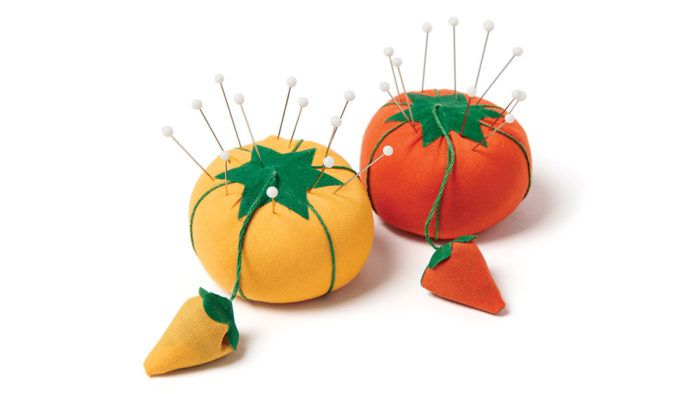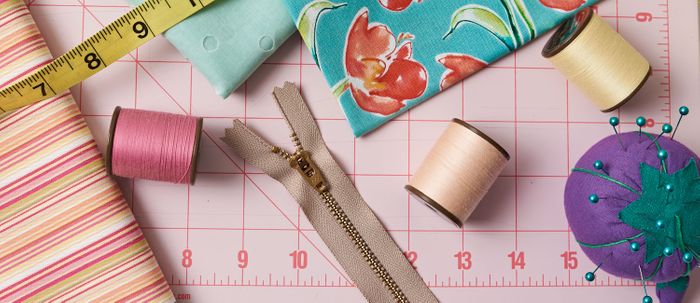Pin-Holding Accessories
Pick a convenient, safe, and cute option
If you sew, you’ve got pins, and if you’ve got pins, you need a pin-holder. The humble pincushion is an essential sewing notion. Although it is easily taken for granted, its function and appearance have evolved alongside sewing for hundreds of years.
Pincushion History
The pincushion is mentioned in historical records dating from the 16th century. Before that, pins seem to have been kept in cases, as befitted their value and rarity. As finely worked metal pins became increasingly available, they were displayed as luxury items in homes in special “pin pillows” and other decorative holders designed to show the family’s status.
With the advent of mechanized pin production during the Industrial Revolution, pins became more readily available and affordable. During the Victorian era, the pincushion reached its decorative peak.
The Traditional Tomato
There is a commonly told story that the familiar tomato-shaped pincushion derived from the practice of placing a tomato in a new home to ward o evil spirits and bring prosperity to the new household. The stu ffed tomato was said to have replaced a fresh one, and eventually it was used to store and display a family’s pin collection.
However, there isn’t much solid evidence for this account, and it is known that, in the 19th century, novelty pincushions in the shape of many fruits and vegetables, as well as dolls and other playful items, were produced. We don’t know why the tomato has survived as the quintessential pincushion style.
The tomatoes were stuffed with wool to prevent the pins from rusting, or with sawdust. The attached “strawberry” is typically filled with emery powder. Running a pin’s point or a needle through the emery cleans o ff residue from skin oils or oxidation.
Whether your taste is practical or…
Start your 14-day FREE trial to access this story.
Start your FREE trial today and get instant access to this article plus access to all Threads Insider content.
Start Your Free TrialAlready an Insider? Log in





I have seen an option not mentioned here - a tight roll of wool 3-5" long and about an inch or so diameter, the pins stuck in the end and the roll held in hand while fitting a garment - the thumb and forefinger of the hand holding the roll can still be used to manipulate the fabric or pins. I've never seen a version for sale, so it's strictly for DIY.